Religion Hinduism
1/80
There's no tags or description
Looks like no tags are added yet.
Name | Mastery | Learn | Test | Matching | Spaced |
|---|
No study sessions yet.
81 Terms
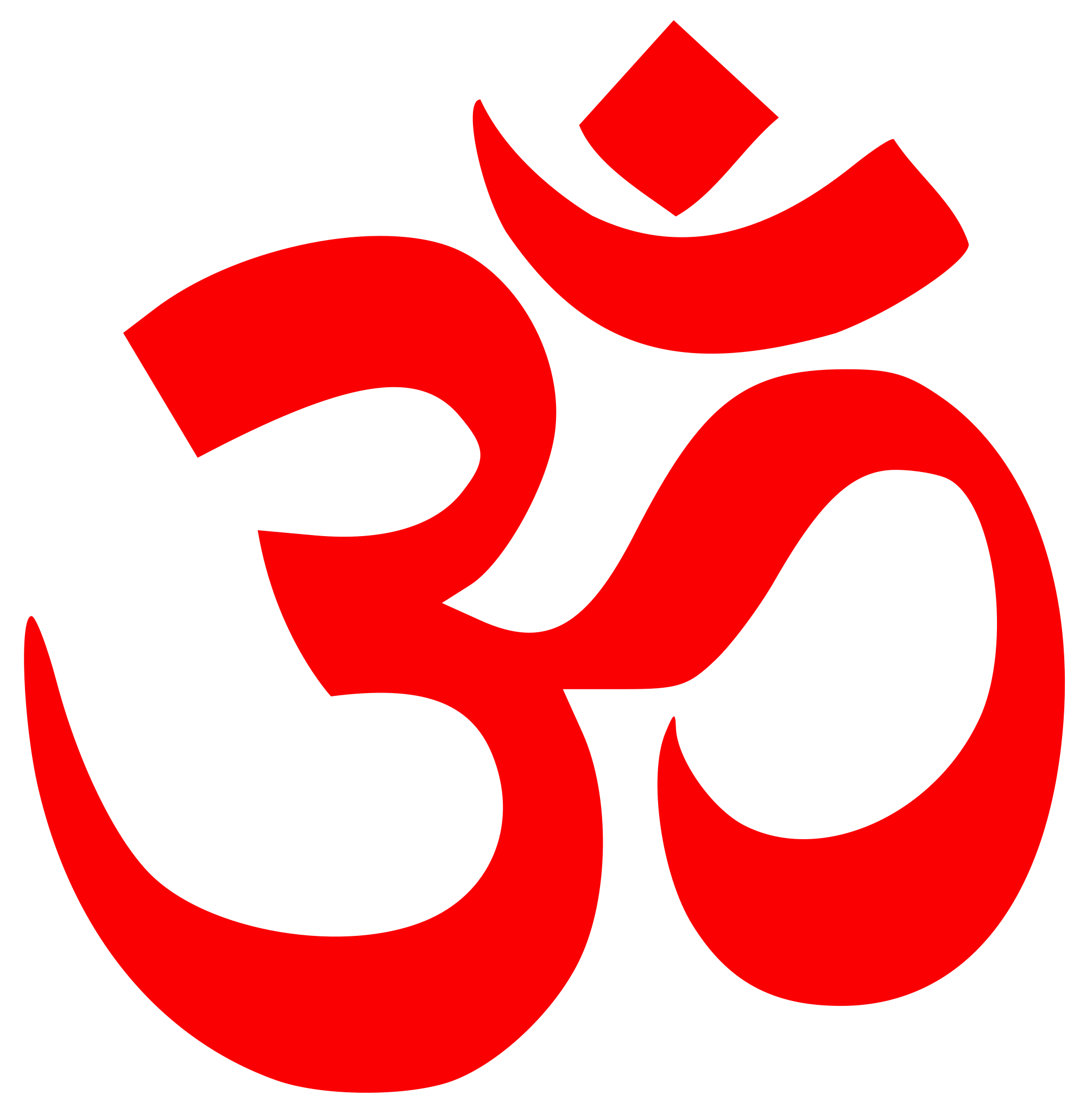
Om
Essence of universe (3 male deities in Holy Trinity)
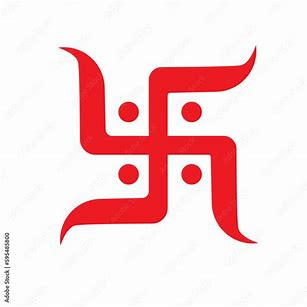
Peace
Why is Hinduism unique?
It’s disorganized because they have no leader
Hindi Worldview
Pluralism
→ 80% Hindu, 10% Muslim, and 10% Christian
→ Many paths, 1 destination
Origin of Hindu
Comes from Sanskrit Sindu or “river”
Banyan tree
Tree with branches grow in all directions and can become new roots or a new trunk; you can’t tell where it began
How does a Banyan tree connect to Hinduism?
You can’t answer “where did this come from? b/c Hinduism has expanded and changed so much that there’s no linear path
What happened during 550 BC-300BC?
Gurus take over the role of Brahmin
Gurus
Teachers that personally devote themselves to the Hindu gods
Bhakti
Sacrificial rituals
Asceticism
Practice of self denial + self discipline thru meditation
Brahman
Ultimate reality; concept of Godhead found in Hinduism
6 seasons
The 4 basic, cool season, and rains
Samsara
Endless cycle of birth, death, & rebirth until one has achieved oneness with Brahman
Karma
Sum of a person’s actions in this life/previous lives and decided their fate in future existences
Moksha
Breaking the cycle of Samsara thru the paths of yoga
→ Goal: To not be reincarnated cuz it means you messed up on something
2 terms that define the sacredness of life
Ahimsa and Satyagraha
Ahimsa
Non-violence
Satyagraha
Peaceful resistance
→ Think Ghandi
Dharma
Ethics + duties
→ Pursuit of righteousness
Artha
Work + prosperity
→ Pursuit of material + political wealth
Kama
Passion + desires
→ Pursuit of artistic, recreational, + sensual pleasure
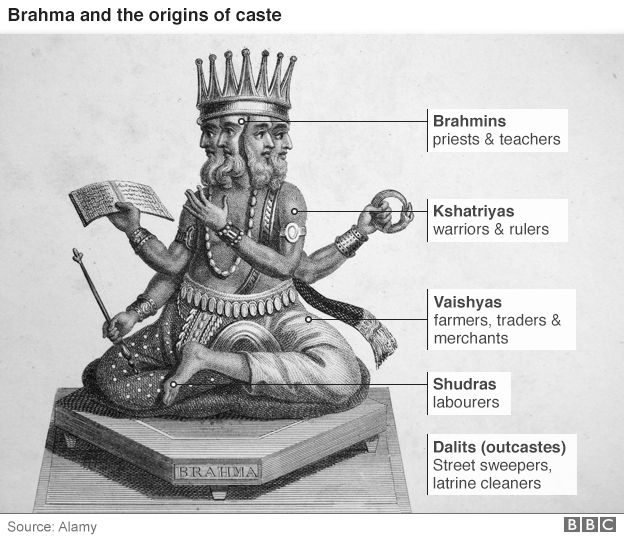
4 castes + outsider (BKVSD)
Brahmins
Kshatriyas
Vaishyas
Shudras
Dalit
Problem with Caste system
You can’t move from your castle
Brahmins
Priests
→ Head of Brahma to symbolize divine knowledge
Kshatriyas
Kings, Rulers, + Warriors
→ Chest + arms of Brahma to symbolize the strength as a warrior
Vaishyas
Merchants + craftsmen
→ Legs of Brahma to symbolize need for strong legs for that, turns + moves your body
Shudras
Farmers, unskilled, + servants
→ Feet of Brahma to symbolize importance but physically & figurately the lowest
Dalit
Street workers, human/animal waste removers, + dead body handlers
→ Untouchables, outside of the caste system.
→ Brahma/caste system sits “on top of” them
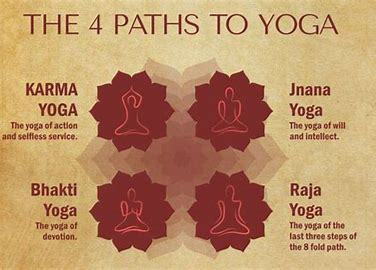
3 paths of yoga
Karma
Jnana
Bhakti
Karma is the path of…
Action
Jnana is the path of…
Knowledge
Bhakti is the path of…
Devotion
Karma
Selfless service to others and it brings liberation; desire for liberation should be purged
Jnana
The learning, thinking, and viewing one acquires
Bhakti
Pure long devotion to Brahmin (followed by most Hindus)
Maya
Illusion
→ Freed only from Moksha
____ determines what kind of life you’re born into, while ____ is the illusion you are only freed from _____
Karma; Maya; Moksha
Male deities
Brahma
Vishnu
Shiva
Brahma
The Creator
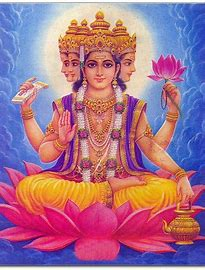
Vishnu
The Preserver
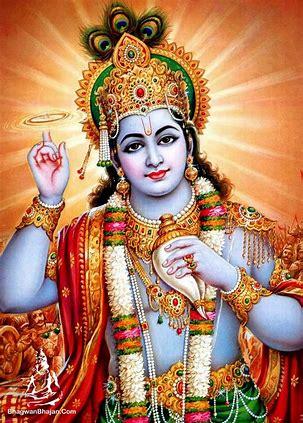
Shiva
The Destroyer
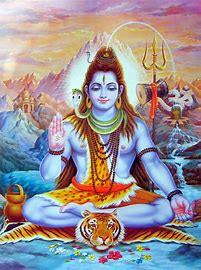
Parvati
Goddess of Love

Kali
Goddess of Time, Death, and Doomsday
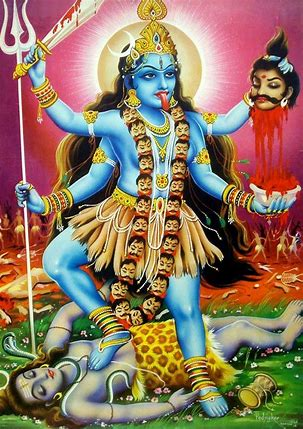
Durga
Warrior Goddess

Saraswati
Goddess of Knowledge

Divali is the festival of ____
Lights
Divali
→ Most important holiday
→ Commemorates the return of Prince Rama after the 14th year exile
→ Celebrate by lighting a row of diyas (clay lamps) to guide Rama home
→ 15th day of Kartik (Oct or Nov)
5 Days of Divali
People clean their homes and shop for gold/kitchen utensils to help bring good fortune
People decorate their homes with diyas and create rangoli designs on the floor
Main day, families gather together for Lakshmi followed by mouth-watering feats + firework festivities
January 1st, when friends visit with gifts and best wishes
Brothers visit their married sisters who welcome them w/ love and meals
Holi is the festival of ____
Colors
Holi
→ Celebrates the start of Spring
→ Love between Krishna + Radha
→ Division of castes is gone for this day
16 samskaras (rites of passage) of the Life Cycle
Birth, Childhood, Adulthood, + Death
Birth
→ Womb placing (Conception)
→ Male rite (Prayers for male child after 3 months)
→ Hair parting (Husband combing wife’s hair)
→ Rite of birth (Blessing baby w/ honey)
Childhood
→ Namkaran (Welcome newborn baby into the community 3 weeks after birth w/ name of a God/goddess)
→ Feeding (Marks down the first meal baby eats, sometimes rice)
→ Ear piercing (Boys/girls gold earrings)
→ First haircut (Rite of passage for boys’ first haircut)
→ Formal education (Write 1st letter of alphabet into uncooked rice before beginning 1st day of school)
Adulthood
→ Proper season (Girls’ ceremony after 1st menstrual period)
→ Beard shaving (Boys’ ceremony after 1st time they’ve shaved)
→ Word giving (Betrothal ceremony where one pledges themself)
→ Marriage
Death
→ Preparation of the body (Eldest son does this)
→ Cremation
→ Scattering ashes in water
3 Sacred Places/Spaces
Home Shrines
Nature
Temples
Nature
Rahman is present in creation like thru mountains, forests, and rivers
→ Rivers: symbol of life without end
Ganges River
→ Most sacred place
→ Spiritual healing of washing away bad karma
→ Ashes spread across it
→ Dirtiest river
Home Shrines + Temples
→ Individual or collective worship (not communal like Christians)
→ Temple in all of India’s major cities
→ Images of many Gods but dedicated only to one
→ Rare to have a unified worship like Christians
→ Where Brahmins perform puja
Puja
Honor a deity in a devotional ritual
Murti
Artistic artform of a deity, NOT an idol
Atman
A person’s soul
2 types of Sacred Texts
Shruti and Smriti
Shruti
“That which is heard”
→ Vedas revealed to Rishis
Rishis
Hindu holy person/Sage
2 Shruti texts
Vedas and Upaishads
Vedas
Earliest + most important part of Hindu text
4 Vedas (RSYA)
Rig Veda
Sama Veda
Yajur Veda
Atharva Veda
Rig Veda – 1300 BC
Oldest + most sacred
→ Multiple accounts of creation, praise for Gods, and mantras used in Bhakti and sacrifice
Sama Veda – 1050 BC
Collection of songs and + soma sacrifices
Soma
Hallucinogenic beverage that aligns your mind/body…weird af
Yajur Veda – 1200-800 BC
Instructions for the priests regarding the proper manner of fire + soma rituals
Atharva Veda – 850 BC
Hymns meant to be used at home
→ Charms, spells, healing incantations, or curse removal
Upanishads
Philosophical dialogues between guru + student
→ “To sit down beside”
→ Used to be part of Vedas
→ Talking w/ intent to reveal what is true and what is maya, escaping Samsara
→ Relationship between Brahman and Atman
Smriti
“That which is remembered”
→ Epic stories that bring the Shruti to life
3 Smriti texts
Mahabharata
Ramayana
Puranas
Mahabharata
Story of war between 2 families over inheritance
→ Krishna (avatar of Vishnu) supported good brother
→ Includes the Bhagavad Gita
Bhagavad Gita
Part of the Mahabharata that addresses the moral and philosophical dilemmas faced by Arjuna on the battlefield
Ramayana
Addresses the life of Prince Rama, his exile, the abduction of his wife Sita by the demon king Ravana, and his quest to rescue her
Puranas
Addresses the myths about the trimurti